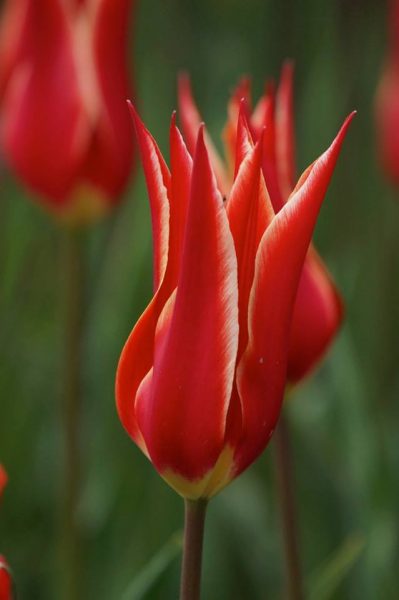In Canada in 2015, a law was passed enabling euthanasia, now called MAiD—Medical Aid in Dying. I refuse to use this euphemism. I call it Assisted Suicide.
Where I live, in Langley, British Columbia, our local Health Authority decided this year to force Hospice facilities to provide Assisted Suicide. My wife Karen wrote the following letter to the editor regarding this issue:
Dear Editor,
I am a retired family physician and am now a volunteer at Langley Hospice Residence. In my 35 year career I had the privilege of caring for many patients and their families at end of life. It has been astonishing to witness deeply meaningful things happen as relationships are reconciled, important words are spoken, and people are able to do the “legacy work” that they wish to do. Those of us who work or volunteer in Hospice know that it is a sacred space.
 Our society is not good at talking about dying and most people do not understand what Hospice Palliative Care is truly about. I so wish that we could switch the focus of this conversation from MAiD to MAiL—Medical Aid in Living—by advocating for adequate access to Palliative Care. For over 40 years Palliative Care has been offering medical aid in the art of dying well, providing (to quote from the Hospice website) “comfort care that neither postpones nor hastens death.”
Our society is not good at talking about dying and most people do not understand what Hospice Palliative Care is truly about. I so wish that we could switch the focus of this conversation from MAiD to MAiL—Medical Aid in Living—by advocating for adequate access to Palliative Care. For over 40 years Palliative Care has been offering medical aid in the art of dying well, providing (to quote from the Hospice website) “comfort care that neither postpones nor hastens death.”
I am very concerned about “suicide contagion”. If a student commits suicide we know that there is a higher risk of suicide in the rest of their high school population and we send in counsellors to try to prevent these tragedies. My career was spent doing my best to identify those who felt suicidal and arrange appropriate treatment for them, even if that meant admitting them to hospital against their will. Why, now, this sudden switch to encouraging suicide at the end of life?
Euthanasia is said to “respect the wishes of vulnerable people at the end of their lives.” My concern is that, at the same time, it does not respect the wishes of many other vulnerable people: patients in Hospice who do not wish to have other patients being killed (as they see it) in the next room, and caregivers (both paid and volunteer) whose consciences decry the travesty of euthanasia. We are facing a very slippery slope—more than slippery, it is black ice. The “right to choose” a Physician Hastened Death will rapidly become a “duty to choose” this, as people often feel they are a burden to their families or to the Health Care System. They should be offered love and support for their final journey, not a premature send-off.
It is important to remember that MAiD is not actually intended for those who are “actively dying” but for those whose death is “reasonably foreseeable”. There must be two assessments and then a ten-day waiting period before it can take place. The patient must be alert and competent at the time of the procedure. Patients are transferred comfortably for many procedures—palliative radiotherapy for pain control, blood transfusions if these are needed—so it is not difficult to transfer someone for MAiD.
Having a “Centre of Excellence” where Physician Hastened Death can occur can be a “win-win” by protecting the right of the individual to access MAiD and the right of the staff, patients, volunteers and community for Hospice Palliative Care to remain a protected space.
“You matter because you are you, and you matter to the end of your life. We will do all we can not only to help you die peacefully, but also to live until you die.” – Dame Cicely Saunders, nurse, physician and writer, and founder of Hospice movement (1918 – 2005).
Yours sincerely,
Dr. Karen Mason
(Photos by Karen Mason)
Next Post: Jesus & Potato Chips

